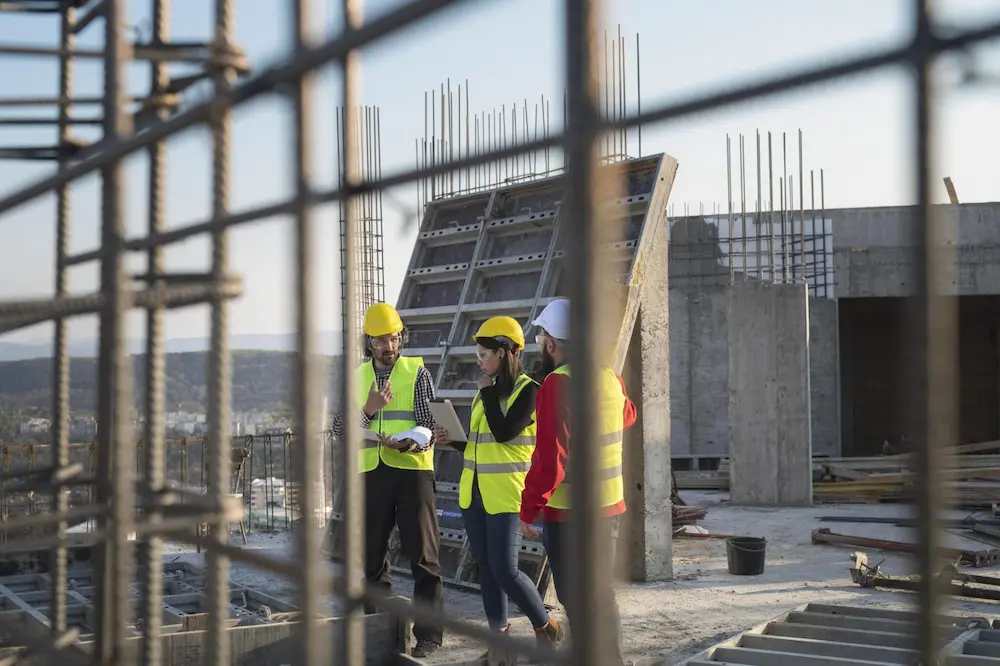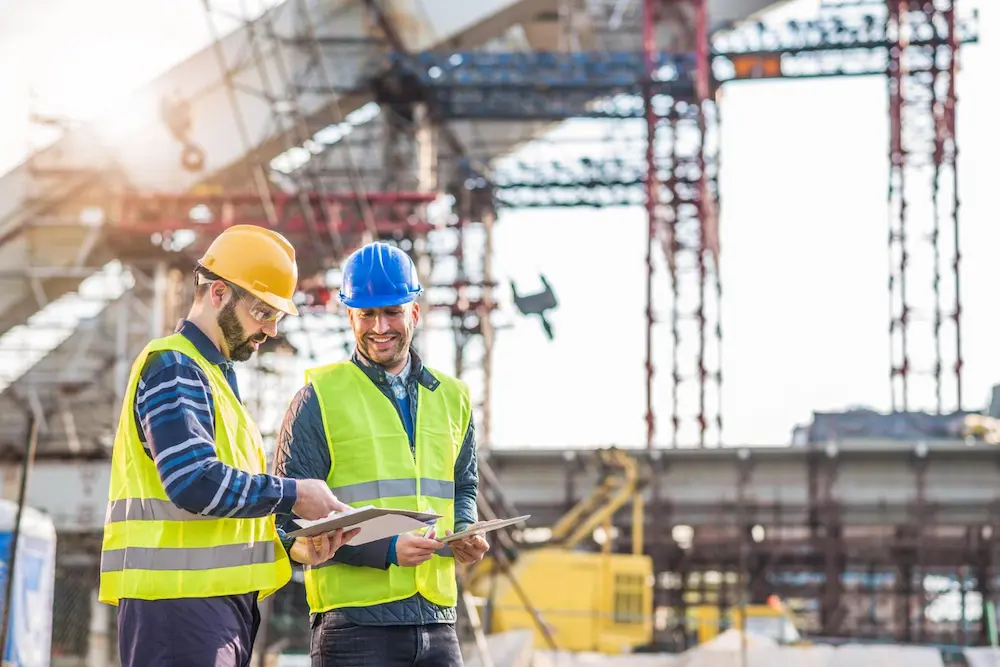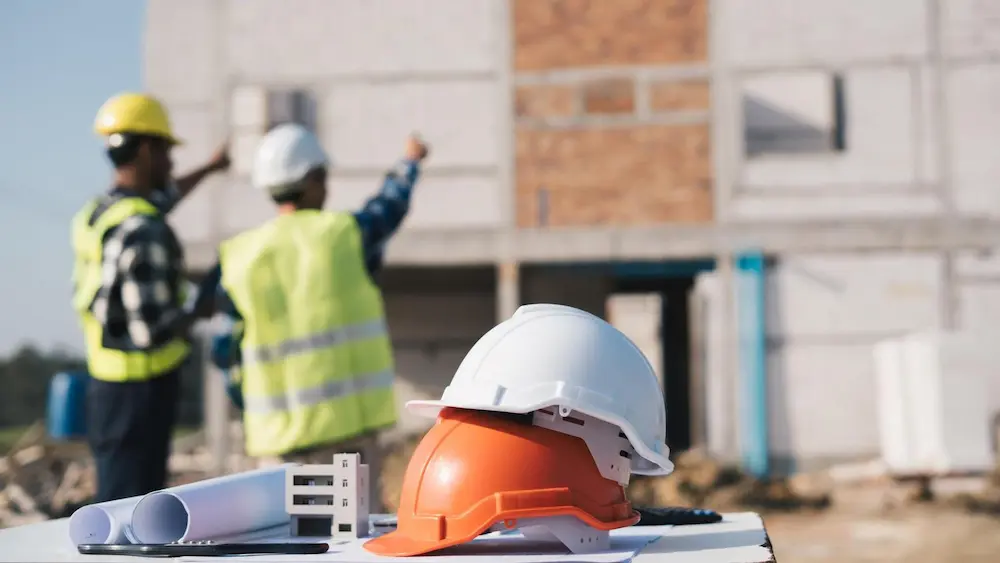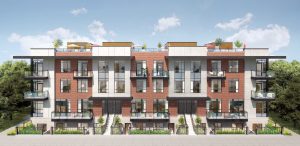
In today’s rapidly evolving world, design and architecture play a pivotal role in shaping our built environment. From skyscrapers to residential homes, innovative approaches in design and architecture are revolutionizing the way we conceptualize and construct spaces. This article delves into various innovative strategies and methodologies that are redefining the field of design and architecture.
Integration of Technology in Design Processes
Advancements in technology have significantly impacted the field of design and architecture. Designers and architects are now leveraging cutting-edge tools and software to streamline their processes and enhance creativity. Artificial intelligence (AI) and machine learning algorithms are being used to generate design solutions based on complex data analysis, optimizing spatial configurations and improving efficiency. Additionally, virtual reality (VR) and augmented reality (AR) technologies are revolutionizing design visualization, allowing stakeholders to immerse themselves in virtual environments and experience spaces before they are built.
Sustainable Design Practices
In response to growing environmental concerns, sustainable design practices have become increasingly prevalent in the field of architecture. Designers are incorporating eco-friendly materials and construction methods to minimize environmental impact and promote energy efficiency. Passive design strategies, such as natural ventilation and daylighting, are being utilized to reduce the reliance on mechanical systems and enhance occupant comfort.

Biophilic Design Principles
Biophilic design focuses on creating connections between people and nature through architectural design. By integrating natural elements, such as plants, water features, and natural light, architects can create environments that promote health and well-being. Studies have shown that biophilic design can improve cognitive function, reduce stress, and enhance overall quality of life.
Modular and Prefabricated Construction
Modular construction techniques involve the fabrication of building components off-site, which are then assembled on-site to create a structure. This approach offers numerous benefits, including shortened construction timelines, reduced material waste, and increased cost-effectiveness. Prefabricated construction methods allow for greater flexibility and scalability in design, making it easier to adapt to changing needs and requirements.
Adaptive Reuse and Renovation
In an effort to promote sustainability and preserve architectural heritage, many designers are embracing adaptive reuse and renovation projects. Rather than demolishing existing structures, architects are repurposing them for new uses, such as converting old warehouses into loft apartments or transforming industrial buildings into office spaces. This not only reduces waste but also adds character and history to the built environment.
Inclusive Design Concepts
Inclusive design aims to create spaces that are accessible and welcoming to people of all abilities and backgrounds. By considering diverse needs and perspectives, designers can ensure that everyone can fully participate in and enjoy the built environment. This includes features such as wheelchair ramps, tactile signage, and adjustable furniture, as well as considerations for sensory sensitivities and cultural preferences.
Collaborative Design Approaches
Collaboration is key to successful design projects, as it brings together diverse expertise and perspectives to generate innovative solutions. Multidisciplinary teams, consisting of architects, engineers, urban planners, and other professionals, work together to tackle complex design challenges and address the needs of various stakeholders. Additionally, crowdsourcing and community engagement initiatives empower individuals to contribute their ideas and feedback to the design process.
Cultural Influences on Design
Culture plays a significant role in shaping architectural identity and expression. Designers often draw inspiration from local traditions, customs, and aesthetics to create buildings that resonate with the community they serve. By celebrating cultural diversity and embracing vernacular architecture, architects can create spaces that reflect the rich tapestry of human experience.
Resilient and Disaster-Resistant Design
With the increasing frequency and severity of natural disasters, resilient design has emerged as a critical consideration in architectural practice. Designers are integrating resilient features, such as flood-resistant materials and elevated foundations, to mitigate the impact of disasters and protect vulnerable communities. By designing for resilience, architects can help safeguard lives, property, and infrastructure against future threats.
Innovative Materials and Construction Techniques
Advancements in materials science and construction technology are opening up new possibilities for architectural innovation. Designers are experimenting with unconventional materials, such as bamboo, recycled plastics, and carbon fiber, to create structures that are both sustainable and durable. In addition, advanced construction techniques, such as 3D printing and robotic fabrication, are revolutionizing the way buildings are constructed, allowing for greater precision and customization.
Human-Centric Design Solutions
At the heart of every design project are the people who will ultimately inhabit the space. Human-centric design focuses on understanding the needs, preferences, and behaviors of users and designing spaces that cater to their emotional and physical well-being. By prioritizing comfort, safety, and accessibility, designers can create environments that foster a sense of belonging and community.

Digital Fabrication and Parametric Design
Digital fabrication technologies, such as computer numerical control (CNC) machining and laser cutting, enable architects to create intricate designs with unparalleled precision and efficiency. Parametric design software allows for the generation of complex geometries and forms based on algorithmic rules and parameters, opening up new possibilities for architectural expression and experimentation.
Experimental Architecture and Conceptual Design
Experimental architecture pushes the boundaries of conventional design thinking, challenging preconceived notions of what buildings can be. Architects are exploring avant-garde ideas and speculative concepts that push the limits of imagination and creativity. From floating cities to adaptive structures inspired by nature, experimental architecture offers a glimpse into the future of the built environment.
Conclusion
Innovative approaches in design and architecture are shaping the future of our built environment, offering creative solutions to complex challenges. By integrating technology, embracing sustainability, and prioritizing human needs, designers and architects can create spaces that inspire, delight, and enrich the lives of people around the world.
Unique FAQs
What role does technology play in innovative design practices?
Technology plays a crucial role in streamlining design processes, enhancing creativity, and improving efficiency. Tools such as AI, VR, and AR enable designers to visualize and iterate on designs more effectively, resulting in more innovative solutions.
How can sustainable design principles be incorporated into architectural projects?
Sustainable design principles can be incorporated into architectural projects through the use of eco-friendly materials, passive design strategies, and renewable energy systems. By prioritizing sustainability, architects can minimize environmental impact and promote long-term resilience.
What are some examples of adaptive reuse projects?
Examples of adaptive reuse projects include the conversion of old warehouses into residential lofts, the transformation of historic factories into creative office spaces, and the repurposing of disused railway stations into vibrant community hubs. These projects breathe new life into existing structures while preserving their architectural heritage.
Why is inclusive design important in architectural practice?
Inclusive design ensures that buildings and spaces are accessible and welcoming to people of all abilities and backgrounds. By considering diverse needs and perspectives, architects can create environments that foster inclusivity, diversity, and equity.
What are some emerging trends in experimental architecture?
Emerging trends in experimental architecture include the exploration of biomimicry, responsive architecture, and adaptive reuse of unconventional materials. Architects are pushing the boundaries of conventional design thinking to create structures that are more sustainable, resilient, and responsive to human needs.







